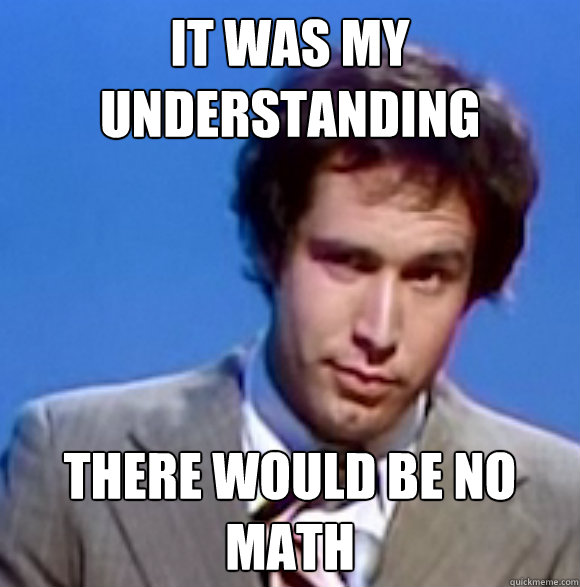Stanzi
Well-Known Member
Yeah, that #53 national ranking sure is stellar.
Which site are we #53 on troll? None of the major ones clearly. You're confusing Iowa with your beloved Cyclones. Now kindly go consume a Richard.
*Edited to be nicer.
Last edited:



